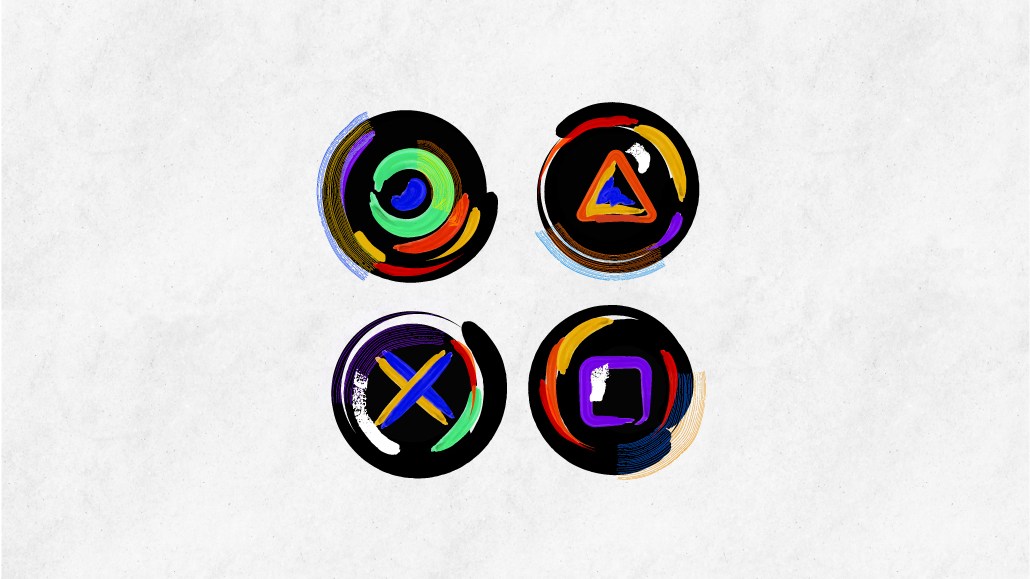Connect with execs from The New York Times, TIME, Dotdash Meredith and many more
How Overwolf scored $50M in ad sales by serving ads alongside premium games

Brands and marketers are more than willing to spend big to advertise alongside video games — when premium titles are involved, that is.
That’s what Overwolf learned when it integrated ads into its popular game modification launcher, propelling the company to over $50 million in ad sales last year and more than doubling its ad revenues between 2021 and 2022, according to exclusive figures shared with Digiday.
Overwolf is one of the largest game modification platforms on the web. Every month, 35 million users navigate to its modification platform CurseForge to download mods for popular games such as “Grand Theft Auto,” “World of Warcraft” and “The Sims.” To play using these mods, players must navigate through Overwolf’s launcher application, which the company has leveraged as ad inventory for brands such as Procter & Gamble and Hulu.
In other words, Overwolf has devised a way for brands to advertise alongside premium games — without having to partner directly with game developers to be hard-coded in. Banner ads are served in the margins of Overwolf’s launcher app, and the company can also implement in-game pop-ups that notify players about branded events and other activations.
The entire gaming experience is facilitated and controlled by Overwolf, and the publishers and game developers themselves are not involved, similar to how they aren’t involved in the development of the “modpacks” distributed on CurseForge.
“Overwolf’s cutting-edge capabilities were an excellent match to our marketing challenges and allowed us to expand our reach amongst our target gaming audiences,” said Don McLean, director of Dentsu Gaming.
Video games have grown to become one of the most popular forms of entertainment worldwide, but not all gaming advertising businesses have benefited as much as Overwolf.
Last year, the entire intrinsic in-game advertising industry — producers of ads placed inside games via natural locations such as in-game billboards and posters — made only an estimated $20 million, according to Jude O’Connor, CRO of prominent in-game advertising firm Bidstack. That’s less than half of Overwolf’s ad sales alone, and far less than the revenues of over $395 million reported by The Trade Desk for the third quarter of 2022.
“We’re now kind of unwinding from a window of tremendous exuberance in all things technology and digital and advertising,” said Dave Madden, president of in-game advertising company PlayerWON. “And it sounds like an amazing idea — but I’m not sure that anybody checked with the brands to see how excited they were about it.”
The main sticking point is that intrinsic in-game ad firms haven’t yet locked down large amounts of premium gaming inventory — the popular, high-production-value releases that enjoy widespread popularity among core gamers. At the moment, most of the inventory of intrinsic in-game advertising companies like Anzu and Bidstack is located inside free-to-play PC and mobile games.
“I spent two years at Anzu and came on board with the promise of premium games, console games — and that never really materialized,” said Matt Jablon, a former sales director at Anzu, who joined Overwolf as a director of brand partnerships last month. “Really, the greatest objection that I have from clients is just the quality of the inventory, and running in premium games. Everyone wants ‘Fortnite,’ everyone wants ‘Call of Duty’ — and mobile, casual and hypercasual advertising is kind of a dime a dozen.”
Overwolf’s exploding ad sales in 2022 were certainly an endorsement of its advertising inventory — but the company will have to evolve further if it wants to truly satisfy marketers’ demands for premium console inventory. For now, the platform is limited to PC games, but its sights are set on the console market.
“I used to work on the ad agency side for PlayStation, and of course, that is something they were always interested in doing,” said Jablon’s co-director of brand partnerships Christina Grushkin, another recent Overwolf hire who previously served as vp of brand partnerships at StreamElements. “But from what I’ve seen, I would say the trend really isn’t to run your branding within the console games specifically — it really is just, where are we reaching the most engaged audience, and how can we engage them?”
More in Marketing

Generative AI sparks brand safety concerns marketers know all too well
Despite concerns around brand misuse and IP, most marketers are sticking to traditional strategies.

‘Production is a big topic right now’: With AI moving beyond media, Publicis turns toward creative
The holdco is positioning AI as core infrastructure for ad production not just media buys.

Instagram offers a new guide to advertisers to convince them to try out its creator marketplace
The 26-page document aims to make the whole process quick and painless.








